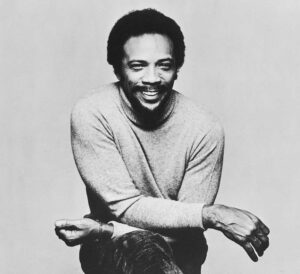There were so many sides to Quincy Jones that he defies classification. Producer, composer, arranger, trumpeter, conductor, bandleader, record company executive – Jones reached the top in so many areas, and his output was so prolific, that it’s hard to believe that this was all achieved by one person.
The original liner notes to Jones’s album “Walking In Space” begin, “Viewing the ridiculously vast musical output of film score composer/big band arranger Quincy Jones, one might conclude that there are many Quincy Joneses”. This was written in 1969, when Jones was just 15 years into his career. In the decades that followed, the vastness of his scope only multiplied. It’s easy to agree with those words – there were many Quincy Joneses, each one of them astonishingly accomplished. How could the same one person have played trumpet in Lionel Hampton’s band; studied classical composition with Nadia Boulanger in Paris; arranged and conducted for Frank Sinatra; composed prolifically for Hollywood (receiving multiple Oscar nominations); produced one of the most commercially successful pop albums ever recorded, Michael Jackson’s “Thriller”; been Oscar-nominated as a film producer, working with Steven Spielberg; arranged and conducted Miles Davis’s last big band performance; and so much more?
Quincy Jones Orchestra performs at Kulttuuritalo in Helsinki, 29th August 1960. Photo: Finnish Heritage Agency / JOKA Journalistinen kuva-arkisto, Hufvudstadsbladet.
Jones broke down barriers. For a Black American musician born in Chicago (to an early life as a “street rat”, to use his term) to go on to compose the iconic score to one of the most quintessentially English films ever made – “The Italian Job”, including its iconic Cockney anthem “The Self Preservation Society” – is one clear mark of this. It’s difficult to imagine the film working anywhere close to as successfully without the genius that Jones brought to the music, and arguably no-one else could have done it in quite the same way (incidentally, Jones and the film’s British star, Michael Caine, were born on the same day in 1933 and became such firm friends that they shared birthday celebrations for many years to come). Quincy Jones was a total one-off.
The term “jazz musician” seems too narrow to accurately describe Jones’s vast scope as a musician, but jazz was a big part of this picture, and however far into other areas like pop he travelled, Quincy Jones was someone who never lost touch with his jazz roots.
The four albums being re-issued now – “Walking In Space”, “Smackwater Jack”, “You’ve Got It Bad Girl” and “Body Heat” – cover a 5-year period from 1969 to 1974. They are a fascinating portrait of Jones in musical transition.
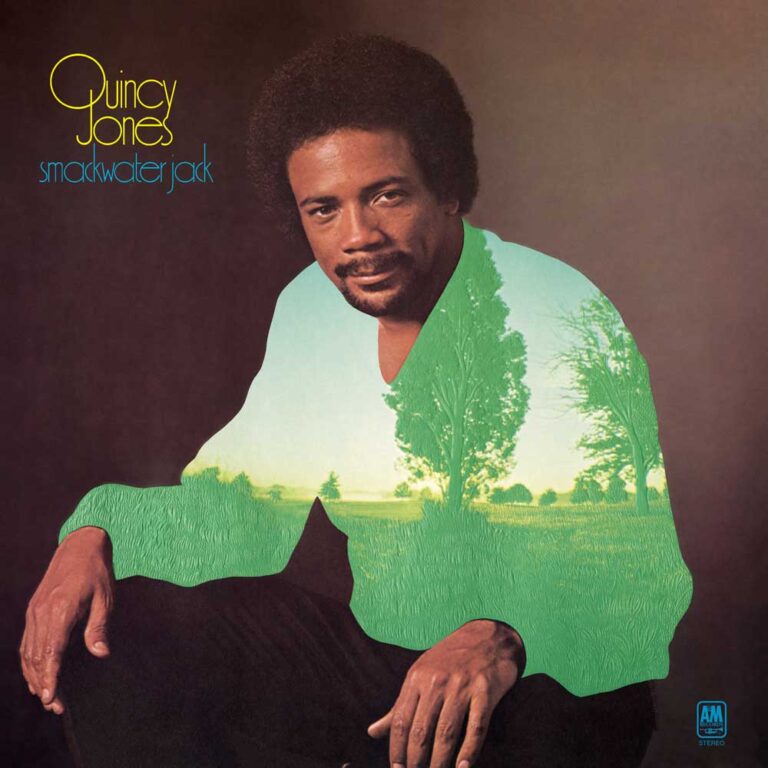
QUINCY JONES Smackwater Jack
Available to purchase from our US store.“Walking In Space” (1969), produced by Creed Taylor, fundamentally showcases Jones as arranger and conductor, in a big band line-up populated by top-flight jazz musicians (Freddie Hubbard, Hubert Laws, Bob James, Ray Brown, Grady Tate).
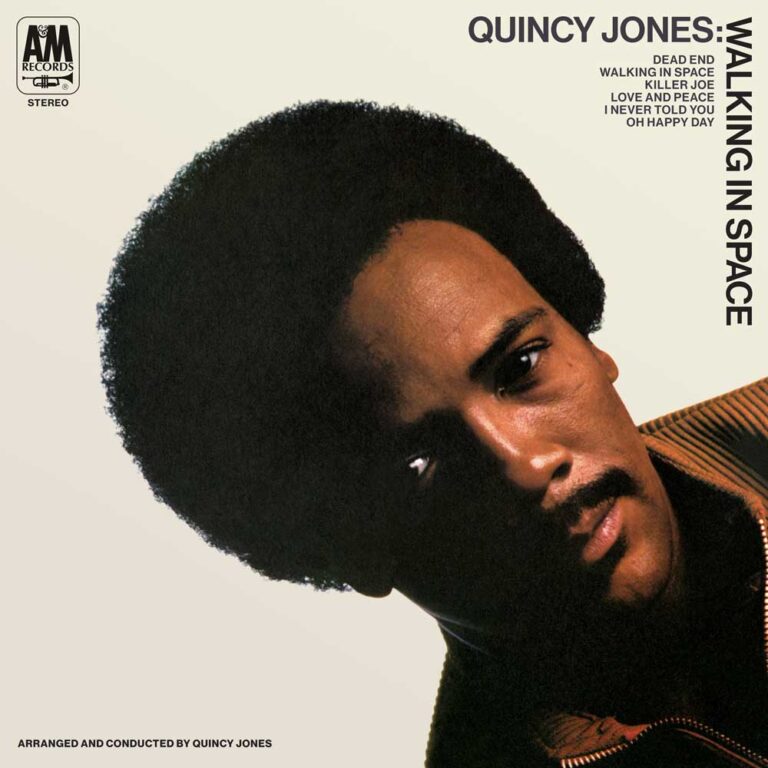
QUINCY JONES Walking In Space
Available to purchase from our US store.By the time of “Body Heat” in 1974, Jones the super-producer is fully on display, in a more commercial setting that hints much more strongly at the directions to follow five years later with Michael Jackson and the success of “Off The Wall”.
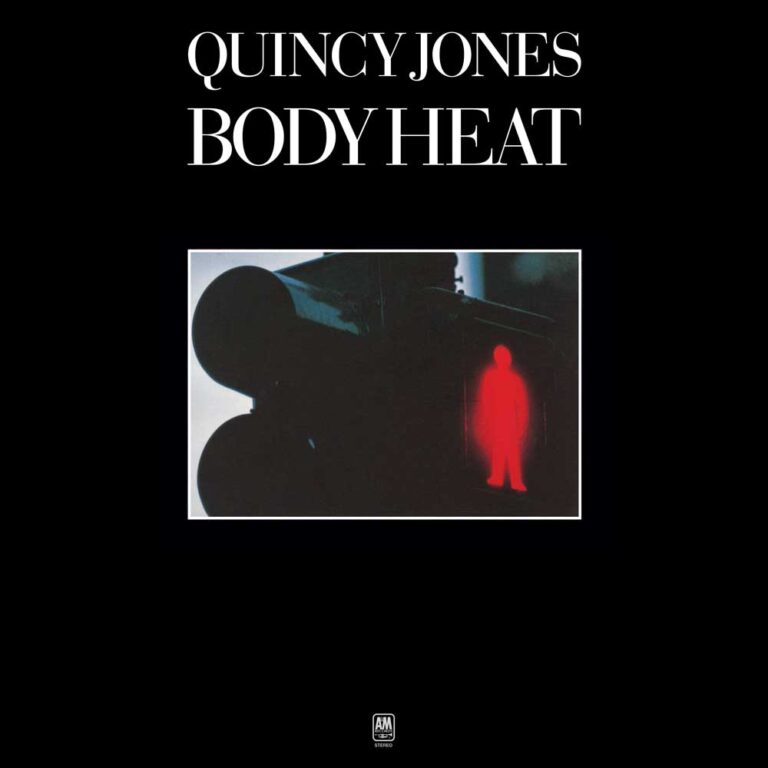
QUINCY JONES Body Heat
Available to purchase from our US store.One of Jones’s real talents as a producer was in casting just the right musicians for each situation, always with the absolute cream of musical talent, at the top of their game. As well as those already mentioned on “Walking In Space”, the cast of great musicians across these albums includes Milt Jackson, Jim Hall, Phil Woods, Dave Grusin, George Duke and many more.
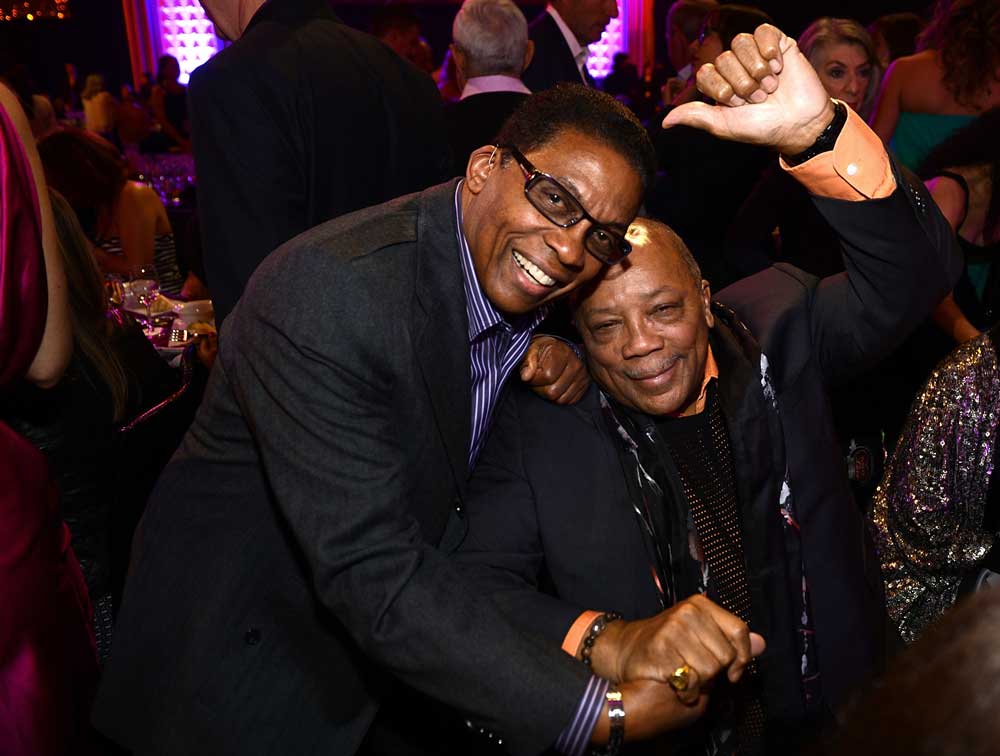
Herbie Hancock collaborated with Jones a number of times over the years (including playing electric piano on George Benson’s 1980 hit “Give Me The Night”, which Jones produced), and here he contributes synthesiser and piano to the overall tapestry of the most pop-leaning of the four albums, “Body Heat”.
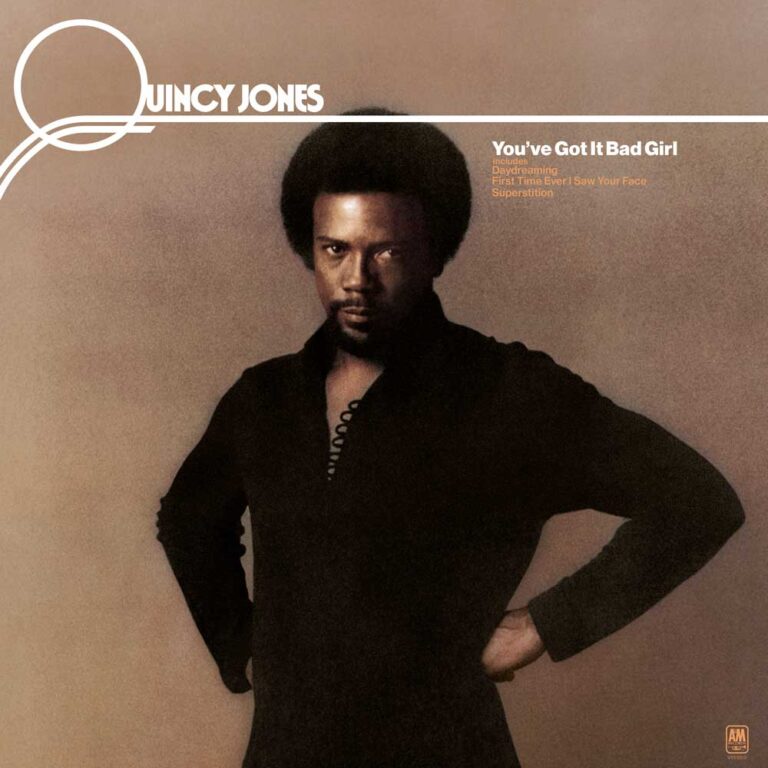
QUINCY JONES You've Got It Bad Girl
Available to purchase from our US store.Different people will have different favourites among these four albums – they each have their own magic. For me, the pick of the bunch is “You’ve Got It Bad Girl”, where Jones brings his production mastery to a particularly effective variety of material from different sources, ranging from the 1940s Dizzy Gillespie classic “Manteca”, to two Stevie Wonder classics (the title track and “Superstition”, the latter of which features an uncredited cameo by Wonder himself). It opens with a truly soulful and atmospheric cover of “Summer In The City” by folk-rock band The Lovin’ Spoonful, for which Jones won the Grammy Award in 1974 for Best Instrumental Arrangement.
There were many sides to Quincy Jones. For anyone looking to delve deeper into the music of this multifaceted artist, these albums are a treasure trove.
Jon Opstad is a London-based composer working across film & television, contemporary dance, concert music and album projects. His scores include the Netflix hits Bodies and Black Mirror, and Elisabeth Moss thriller The Veil, co-composed with Max Richter. An avid record collector, he has a particular affinity for the music of ECM.
Header image: Quincy Jones. Photo: Photo by A&M Records/Getty Images


